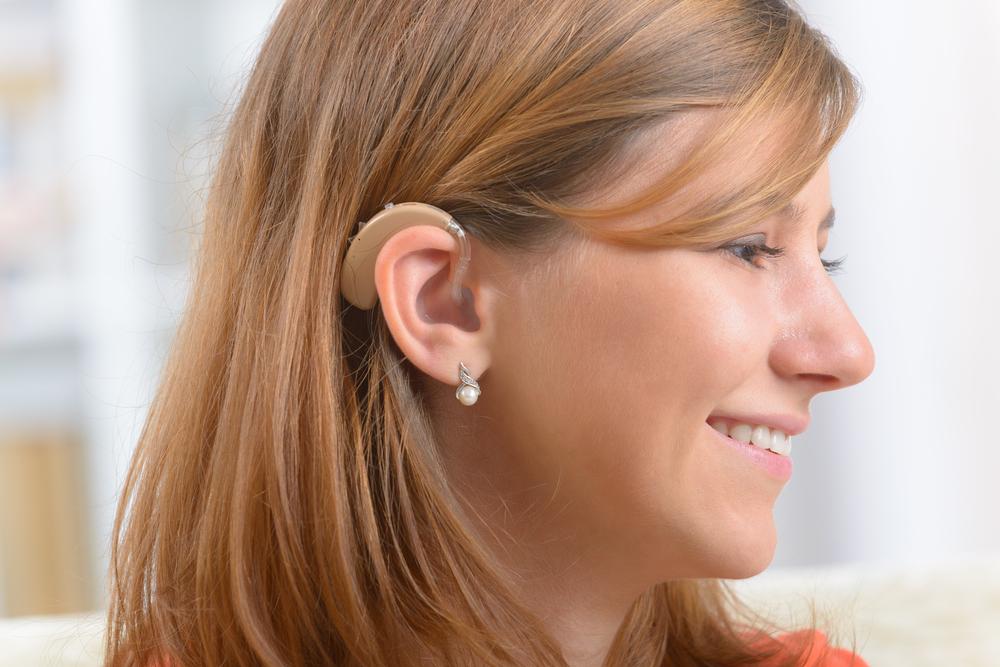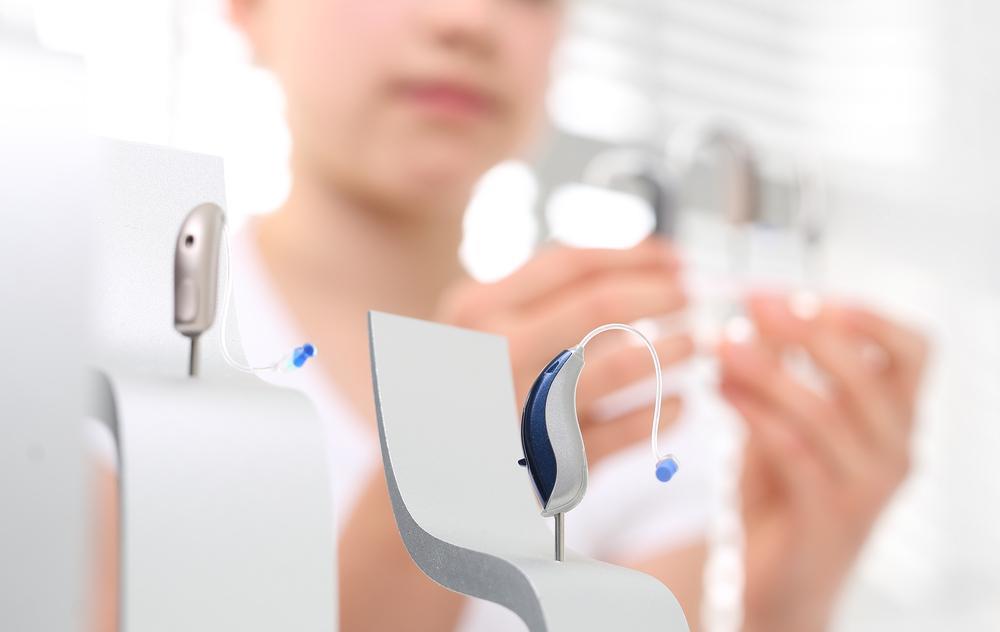Innovative Medicare-Approved Hearing Devices Launching in 2017: What You Need to Know
Discover the latest innovations in Medicare-approved hearing aids for 2017, including water resistance, wind noise reduction, sleek design, and rechargeable batteries. Learn how these advancements improve durability, convenience, and comfort for individuals with hearing loss. Stay informed about coverage options and make empowered choices for better hearing health with cutting-edge technology tailored for active lifestyles and everyday use.

Innovative Medicare-Approved Hearing Devices Launching in 2017: What You Need to Know
Breakthrough features expected in Medicare-compatible hearing aids in 2017
Hearing aids serve as vital devices for individuals experiencing hearing impairment, significantly improving their ability to perceive sounds and communicate effectively. These devices are essential for enhancing quality of life for both children and adults dealing with hearing loss. Traditionally, Medicare plans have not included coverage or reimbursement options for hearing aids and their fittings, making them a personal expense for many. However, the landscape is shifting in 2017, with new developments making hearing devices more accessible and affordable through certain Medicare plans. Although coverage varies depending on the state and individual plan, recent advancements aim to expand the availability of cutting-edge hearing aid technology to those who need it most.
Water-resistant technology
One of the prominent innovations in 2017 is the inclusion of water-resistant features in hearing aids. These devices are engineered to withstand exposure to elements such as rain, sweat, or accidental splashes, significantly improving durability and lifespan. Users can confidently wear their hearing aids outdoors during weather changes or physical activities without fearing damage caused by moisture. This advancement is especially beneficial for active lifestyles, enabling users to remain engaged in outdoor activities without interruption or concern about the device’s integrity.
Wind noise reduction
Another key feature introduced in the latest models is advanced wind noise suppression technology. Wind can often distort or obscure sounds, reducing hearing clarity, especially during outdoor listening. New devices equipped with this feature automatically detect wind interference and minimize noise, ensuring speech and environmental sounds are clearer. This enhancement makes outdoor conversations and environmental awareness much easier and more comfortable, providing users with a more natural listening experience even in breezy conditions.
Discreet and stylish design
Manufacturers have prioritized aesthetic enhancements in 2017, producing hearing aids that are smaller, lighter, and less conspicuous. Modern devices now often feature sleek, discreet designs that seamlessly blend with the ear's natural contours. This not only improves the aesthetic appeal but also addresses concerns about visibility and self-consciousness. Users benefit from a device that provides optimal performance without compromising style or comfort, encouraging consistent use and social interaction.
Rechargeable batteries
A significant leap forward in convenience is the adoption of rechargeable lithium-ion batteries in several 2017 hearing aid models. These batteries can typically deliver up to 24 hours of continuous use on a single charge, eliminating the need for frequent battery purchases and replacements. This feature is particularly advantageous for users who value simplicity and reliability, as it simplifies daily maintenance and reduces ongoing costs. It is important to note that Medicare coverage for these advanced models remains selective, with eligible devices often requiring purchase through approved suppliers. Therefore, checking specific coverage policies and compatibilities before purchasing is highly recommended to maximize benefits.
In summary, 2017 has ushered in a new era of innovation in Medicare-approved hearing aid technology, making devices more durable, discreet, and user-friendly. As these features become more prevalent, individuals with hearing loss can enjoy improved quality of life with devices that better withstand environmental elements, reduce background noise, and are easier to operate. For those considering hearing aids, it is essential to consult with healthcare providers and insurance representatives to understand coverage options and identify the best device tailored to individual needs. Staying informed about the latest technological developments ensures users can take full advantage of the evolving landscape of hearing health solutions.




